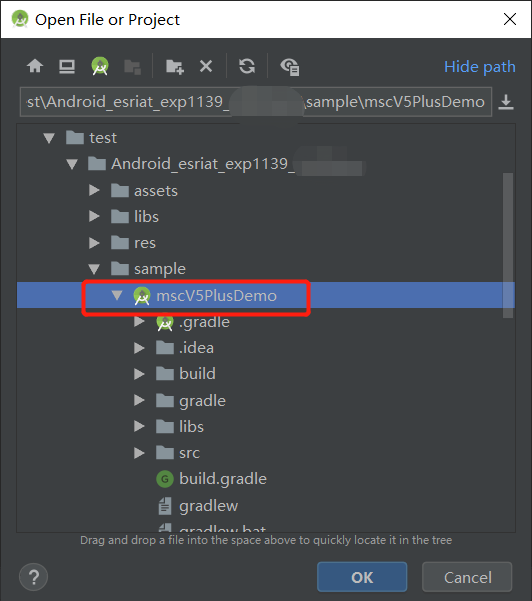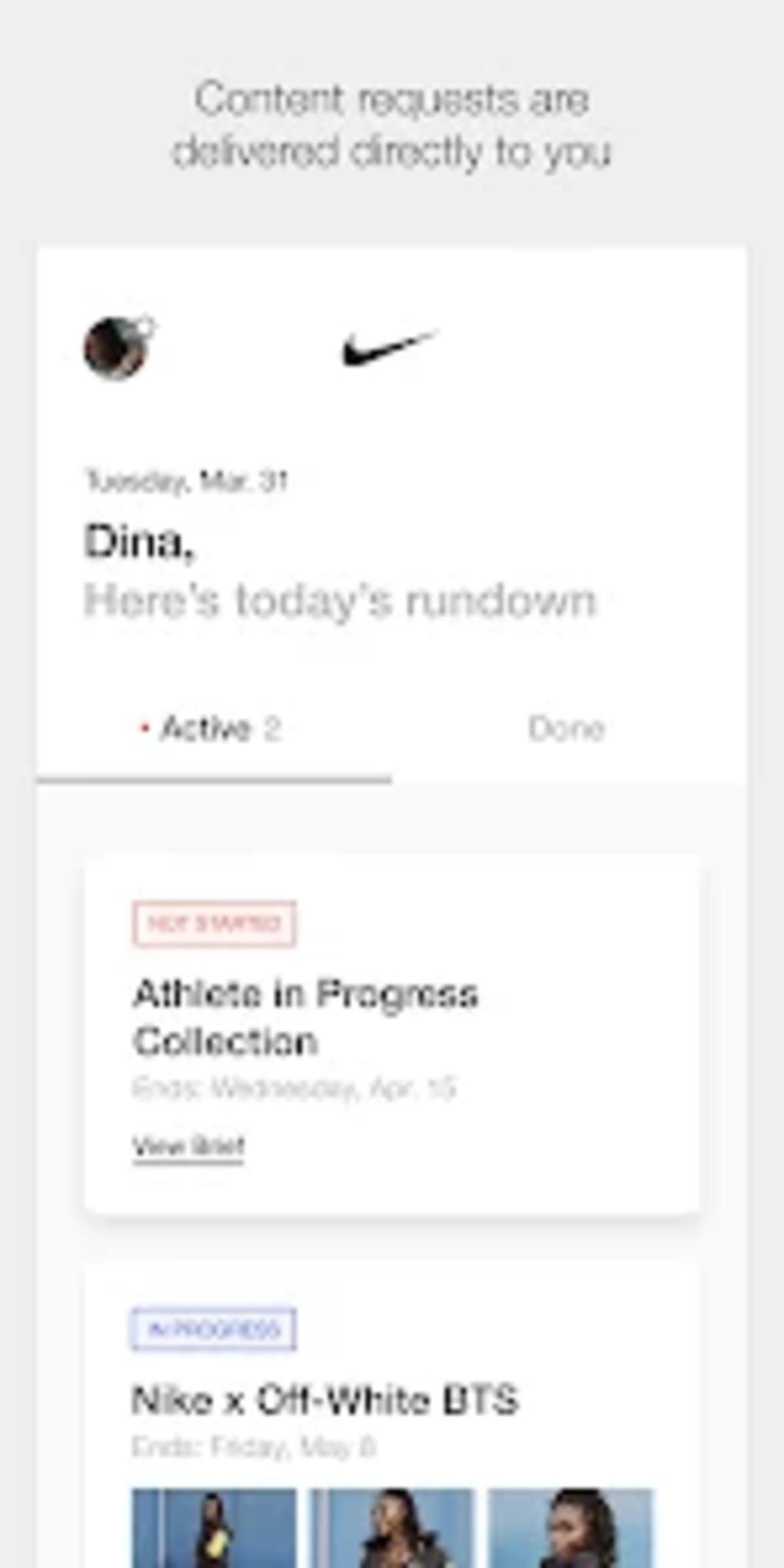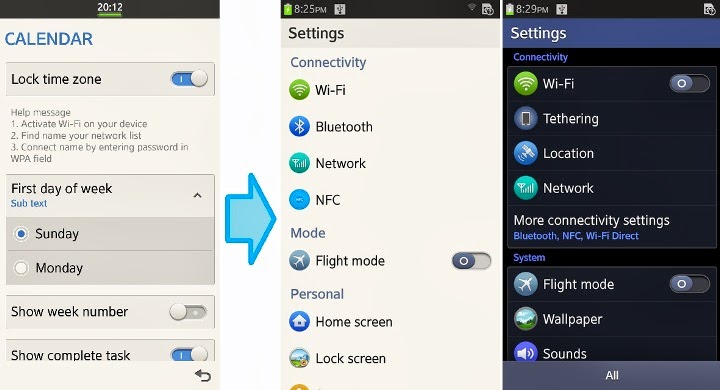
The data storage and management features cover the methods you can use to handle data in your applications. You can also manage various user data on the device, such as their contact and calendar information. You can manage and sync user accounts, and authenticate the user to allow them to access services. The personal data features cover the handling of secure data related to the user. You can also define commands to allow the user to control the application with their voice. The text input and voice features introduce how you can convert speech to text and back to speech, or provide customized keyboards. You can also access data from various device sensors, which provide information on the physical environment the device is in, and the gestures and activities the user engages in. You can create location-based applications that track the user location and use maps. The location and sensor features provide information about the geographical location and surrounding environment of the device. You can also create a push server to use the push messaging service to deliver push notifications to the application. The messaging features introduce how you can send and receive text and multimedia messages, and manage emails. You can create connections to various networks, servers, and other devices. The connectivity features define how you can connect your application to the outside world, and send and receive data. You can also handle media conversions, manage media streams, and take advantage of media key events. You can record and play various media formats, use the device camera to take pictures, and listen to the radio. The media and camera features cover everything related to multimedia. You can use the alarm trigger to launch applications as and when the user needs them. The alarms and scheduling features introduce how you can define and store alarms. The notifications and content sharing features introduce how you can inform the user of important events and allow the user to share content between applications. You can also improve the performance of your graphic application with hardware acceleration.

You can handle graphics using various graphic libraries and interfaces, such as Cairo and OpenGL® ES. The graphics features introduce how you can improve the visual look of your application through efficient use of images. You can provide the UI texts in your application in multiple languages, and ensure that the time and date information is given correctly based on the current location of the device. The localization features define how you can ensure that your application works around the world in different locales and time zones. You can create the UI using either the EFL (Enlightenment Foundation Libraries) or DALi (Dynamic Animation Library) UI toolkit framework. The framework provides the window, UI components, and scene-based graphic rendering architecture needed to manage your application user interface.

#Tizen studio android api how to
The user interface features define how to use the UI framework, which is a universal, reusable software environment that provides the essential building blocks to facilitate the development of Tizen native applications. They describe the application life-cycle and resources, and the communication methods available for the application.

The application management features cover the various application models available for native applications. Select the feature you are interested in and see what Tizen offers for your application: Note If you have an application based on Tizen 2.3, use the Migration Guide to make it conform to Tizen 2.4 Application Framework APIs.


 0 kommentar(er)
0 kommentar(er)
